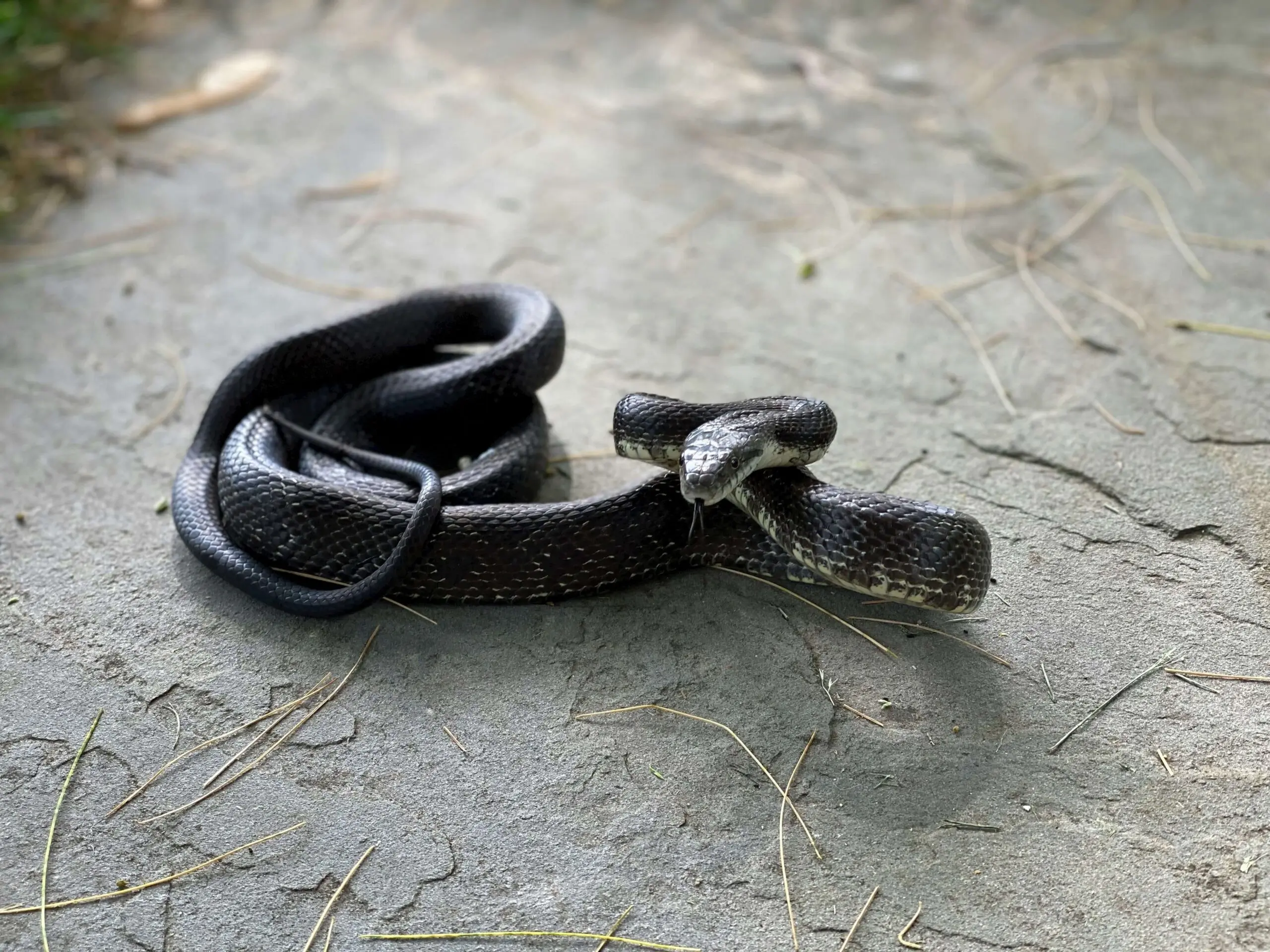How to Keep Snakes Out This Fall | Wildlife Exclusion Tips
07 Oct, 2025
As temperatures drop across the East Coast and Mid-Atlantic, snakes begin their annual search for warmth and shelter. While many assume snakes vanish completely in the fall, the truth is that autumn is one of the most active times for snake movement—and one of the most critical times to secure your property against them.
Why Snakes Move in the Fall
Snakes don’t truly “hibernate” the way mammals do. Instead, they enter a slowed-down state called brumation, which helps them conserve energy during colder months.
Before they settle into their winter shelters, snakes spend several weeks exploring new hiding spots—under decks, inside crawl spaces, and even within commercial buildings where warmth and humidity levels are stable.
Cracks in foundations, open utility lines, and small gaps around doors or HVAC chases can all provide easy access. For property owners, that means fall is often when snake sightings increase—especially on sunny days when snakes bask near walls or loading docks before temperatures drop further.
Common Entry Points for Snakes
Even a half-inch opening is enough space for smaller species like garter snakes or ringneck snakes. Larger species can exploit slightly wider gaps or ground settling that exposes foundation edges.
During fall inspections, technicians most often find:
- Foundation cracks and expansion joints
- Utility line penetrations (electrical, plumbing, HVAC)
- Gaps under doors or damaged dock seals
- Missing or deteriorated crawl space vents
- Conduit openings near sump pumps or drainage exits
- Holes or unsealed voids in brick or stone foundations
DIY Fixes: Helpful, but Often Temporary
There’s nothing wrong with taking a proactive approach yourself—simple steps like sealing visible gaps, replacing door sweeps, or installing mesh over vents can reduce your immediate risk of snake entry.
However, it’s important to remember that these fixes are usually temporary. Common sealants like foam or caulk degrade over time, and most over-the-counter repellents lose effectiveness after rain or weather exposure.
DIY prevention can certainly buy you time and reduce quick entry points, but for long-term results—especially in commercial or multi-structure environments—professional wildlife exclusion ensures every vulnerability is addressed.
Why Fall Timing Matters
Once snakes find a place to overwinter, they may remain hidden in walls, foundations, or utility chases until spring. This makes removal more difficult and sometimes invasive.
Scheduling a professional inspection in the fall—before snakes settle in for winter—is the best way to protect your property and avoid costly structural or pest problems later.
Stay Ahead of Snake Season
Whether you manage a warehouse, retail property, or private residence, early prevention pays off. Taking small DIY steps now is a great start—but pairing them with a professional exclusion plan ensures your building stays secure throughout the colder months.
Find a trusted local pest and wildlife professional near you!
PWR - Pest and Wildlife Directory
Want to learn some cool facts about other animals? Follow this link! PWR - Animal Facts

